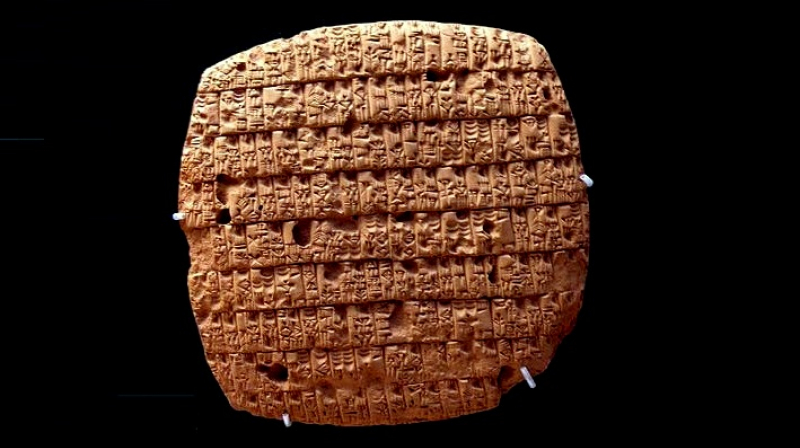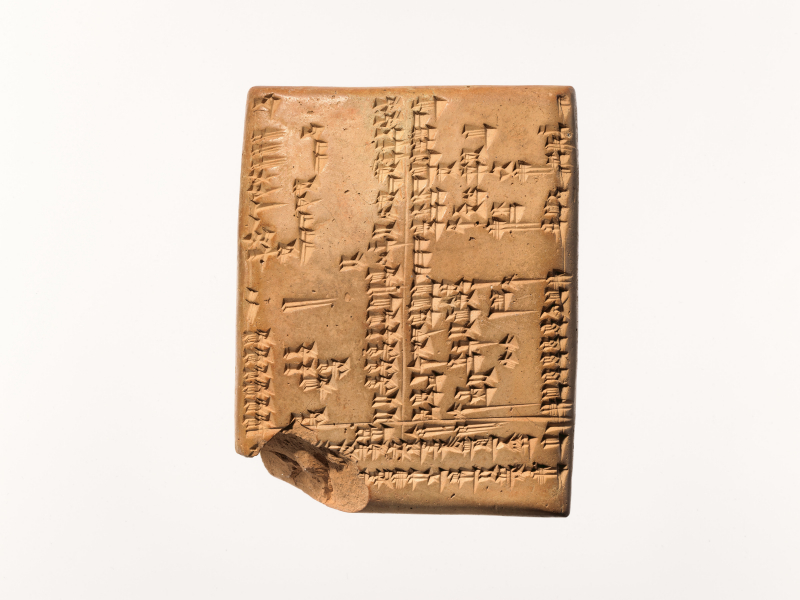Cuneiform
Cuneiform is the next item in the list of inventions and discoveries of ancient Babylonia. Cuneiform, which dates back to 3400 BC, is the earliest type of writing that has ever been discovered. Since it contained fewer than 1,000 characters and those characters were utilized for administrative, business, and accounting functions, it cannot be regarded as a language. It was accessible to people of all educational and intellectual backgrounds, and common people used it to send letters, manage their economic affairs, and record commonplace events like astrological phenomena. People with more education used it for technical tasks like producing mathematical derivations and medical listings. To organize and keep records, characters were carved onto a clay slab using a pointed stylus. The cuneiform alphabet only emerged later; the earliest cuneiform stones were illustrated and used visual symbols to communicate. On the clay tablets were also inscriptions in Sumerian and Akkadian, two ancient Iraqi languages.
In addition to Sumerian, cuneiform has been used to write a variety of languages throughout its history. The majority of the cuneiform record is composed of Akkadian texts, which are recorded from the 24th century BC onward. The Hittite language was written using Akkadian cuneiform at the beginning of the second millennium BC. Eblaite, Elamite, Hurrian, Luwian, and Uratian are the other languages possessing sizable cuneiform corpora. Although they contain cuneiform-looking symbols, the Old Persian and Ugaritic alphabets are unconnected to the actual cuneiform logo-syllabary.












